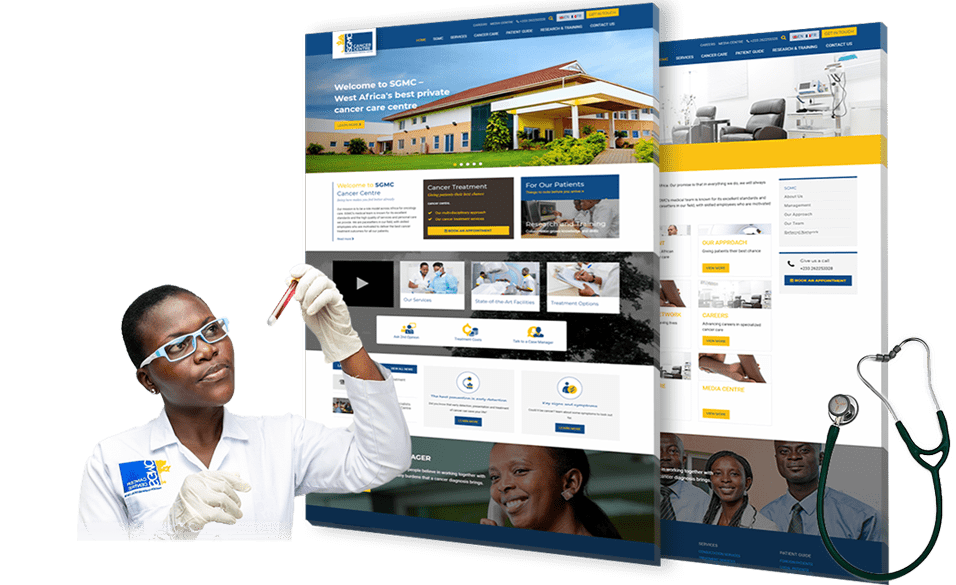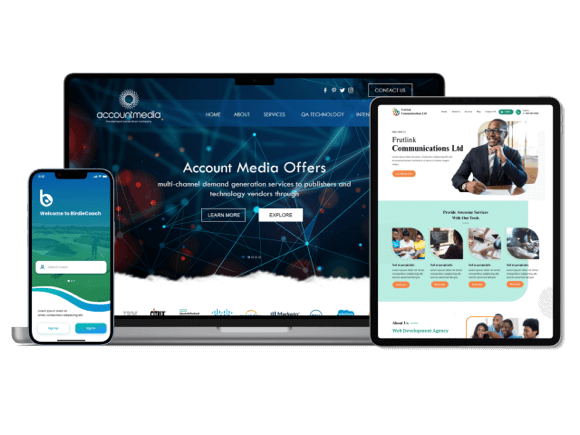Houston Web Developer: Building Dynamic and Scalable Websites for Business Development
Wiki Article
Proven Strategies for Effective Website Design
In the ever-evolving world of internet design, it is crucial to stay ahead of the curve and employ proven techniques that ensure success. Responsive and mobile-friendly designs guarantee smooth customer experiences throughout numerous gadgets. Enhancing web page speed and performance enhances customer satisfaction and encourages higher involvement.User-Centered Layout
User-centered layout is an important method that prioritizes the needs and choices of the target market in order to develop an effective internet style. By placing the user at the center of the style procedure, this technique makes certain that the end product satisfies their assumptions and provides a favorable individual experience.
When the study is total, the next action is to create user characters. These characters stand for the different kinds of users that will communicate with the web site - Houston Website Design. By determining their goals, motivations, and pain points, designers can craft a style that addresses their specific demands
The user-centered layout procedure also entails carrying out usability screening. This allows designers to collect comments from actual individuals and make required adjustments to boost the web site's usability. By continually iterating and refining the style based on customer comments, developers can guarantee that the last product fulfills the requirements and choices of the target audience.
Receptive and Mobile-Friendly Layouts

Mobile-friendly layouts go beyond just responsive layout. They focus on producing a customer experience that is specifically tailored to mobile gadgets.
Integrating receptive and mobile-friendly designs not just improves functionality yet also has a substantial influence on seo (SEO) Google, for instance, prioritizes mobile-friendly websites in its search engine result, making it necessary for websites to have a mobile-friendly design to improve their exposure and reach.
Reliable Navigating and Site Structure
A properly designed navigating system enables individuals to quickly discover the info they are looking for, resulting in a positive customer experience. When creating the navigating for a web site, it is crucial to think about the target audience and their browsing practices.One effective approach for navigating is to make use of a leading or side food selection that exists on every page of the internet site. This enables users to quickly access various areas of the website without having to go back to the homepage. One more strategy is to include a search bar that allows individuals to swiftly search for details material.
In addition to navigating, the overall site framework plays a crucial function in the success of a website. An efficient structure aids individuals recognize the pecking order of information and just how different web pages connect to each other. It is essential to create a rational flow from one page to an additional, making sure that users can quickly browse between different areas of the website.
Constant Branding and Aesthetic Identity
A constant branding and aesthetic identification are vital elements in successful website design. When individuals see a web site, they ought to promptly recognize and connect it with a specific brand name. This recognition builds count on and reputation, increasing the possibility of individuals involving with the web site and its web content.Uniformity in branding consists of components such as logo designs, shades, typography, and images. These components need to be made use of continually throughout the website to develop an unified and natural helpful resources experience. For instance, utilizing the exact same logo and color design on every page aids customers conveniently navigate the site and identify.
Visual identity surpasses branding and includes the overall appearance and feel of the internet site. It includes the format, use of whitespace, font choices, and images design. A visually enticing site that lines up with the brand name's individuality and target market produces a favorable impact and keeps customers engaged.
Keeping a consistent branding and aesthetic identity likewise aids in creating a remarkable user experience. It reinforces the brand name's message and worths. when users come across familiar and regular elements across various systems and touchpoints.
Optimized Web Page Speed and Efficiency
Optimized web page rate and performance are crucial aspects in achieving successful internet layout. In today's fast-paced digital world, individuals have little perseverance for slow-loading sites. Research studies have shown that also a one-second delay in web page lots time can result in a significant decrease in customer interaction and conversions. Consequently, it is necessary for internet designers to prioritize enhancing page speed and performance.One reliable strategy for improving page speed is enhancing images. Photos commonly make up a significant part of a webpage's file dimension, leading to slower filling times. By compressing and resizing pictures without sacrificing high quality, designers can dramatically reduce page lots times.
One more crucial element of enhancing page speed is minimizing HTTP requests. Every component on a webpage, consisting of images, manuscripts, and stylesheets, calls for an HTTP request. By reducing the variety of requests, developers can improve the loading procedure and improve efficiency.

Final Thought
To conclude, executing user-centered style, receptive formats, efficient navigation, consistent branding, and maximized page speed are tried and tested methods for successful website design. By focusing on the needs and choices of individuals, guaranteeing compatibility with mobile phones, arranging content effectively, keeping a constant visual identification, and enhancing performance, internet sites can give a favorable individual experience and achieve their objectives. These methods add to the general usability and efficiency of a website, inevitably resulting in increased customer interaction and fulfillment.By continuously improving the style and repeating based on individual responses, designers can make certain that the final product fulfills the needs and choices of the target audience.
A well-designed navigating system allows individuals to conveniently find the details they are looking for, resulting in a positive individual experience. It is important to produce a logical flow from one page to one more, great site guaranteeing that customers can easily browse in between different sections of the web site.
Using the exact more same logo design and color scheme on every page aids individuals easily browse the website and determine.
By focusing on the demands and preferences of users, making sure compatibility with mobile tools, arranging content successfully, keeping a consistent visual identification, and maximizing performance, web sites can give a positive individual experience and accomplish their objectives. - Houston Web Developer
Report this wiki page